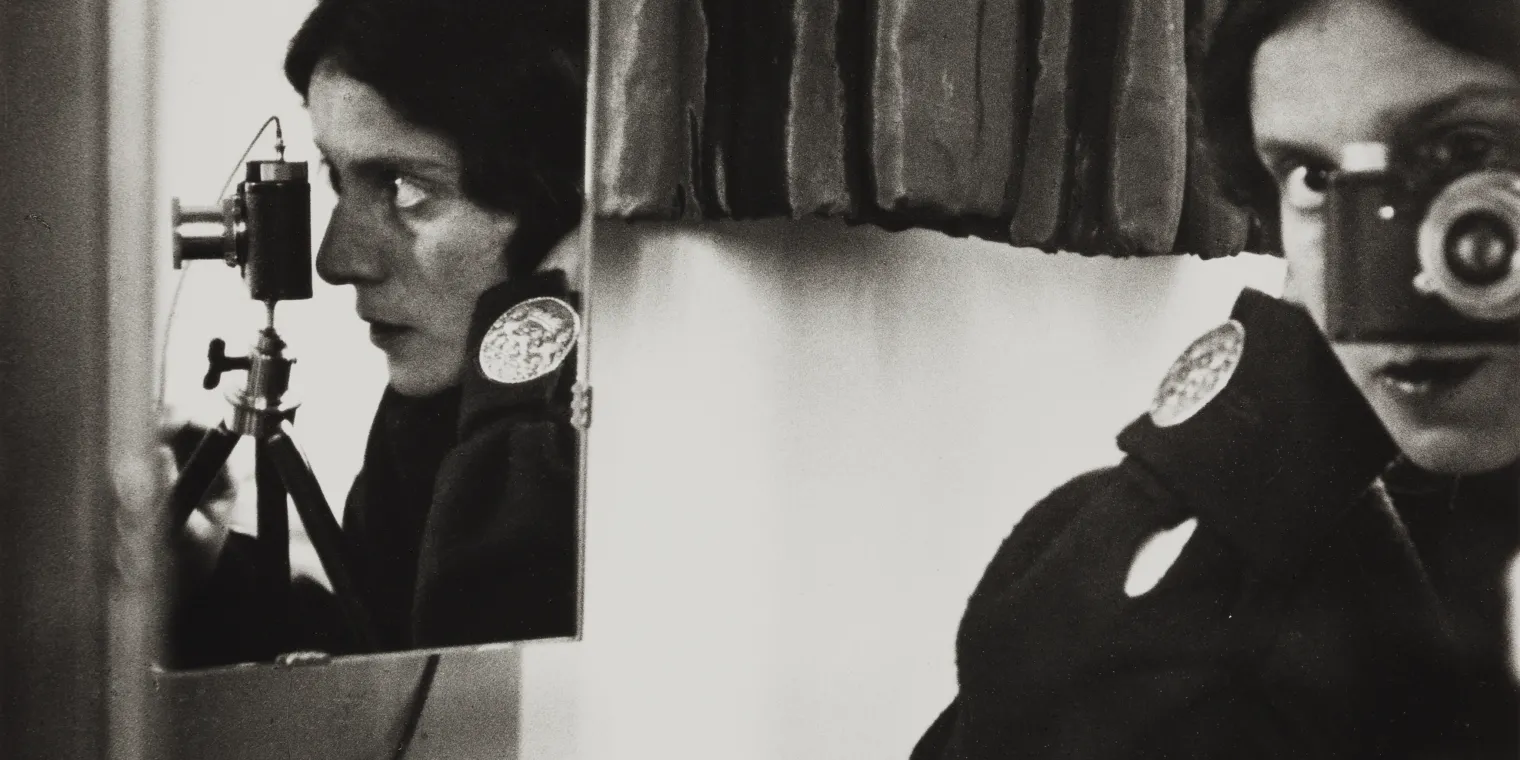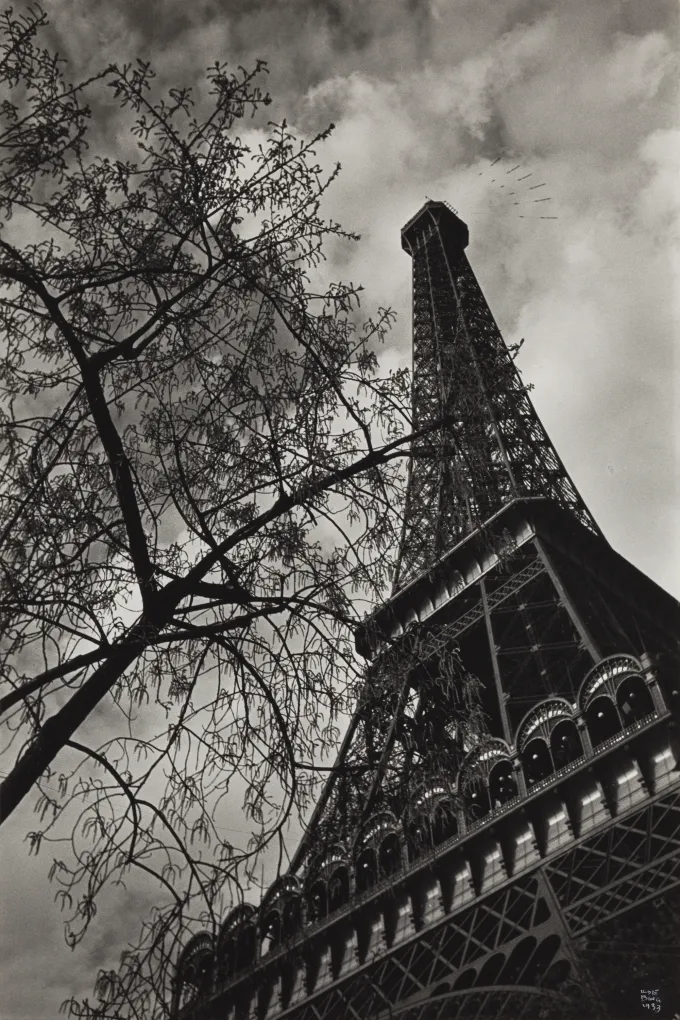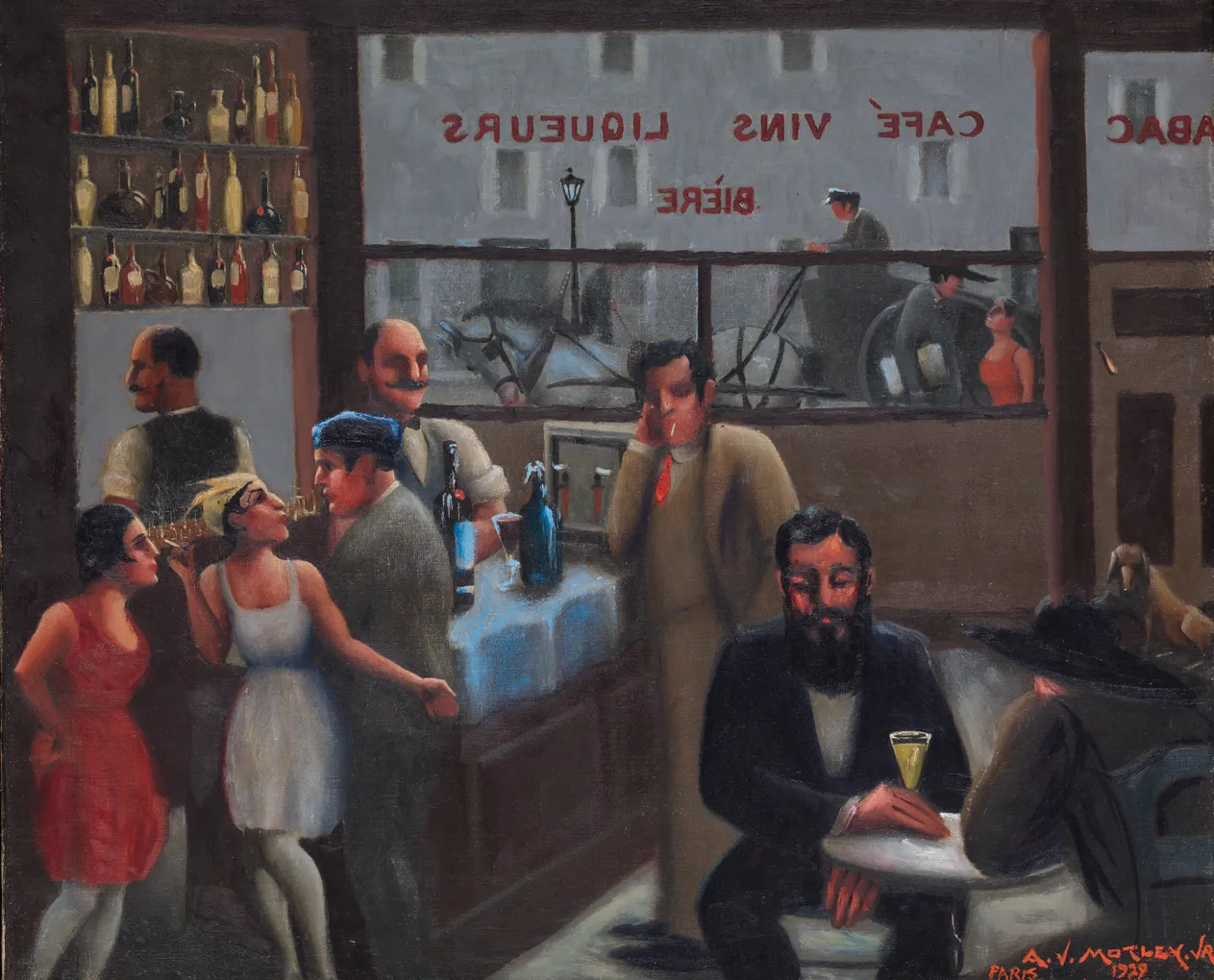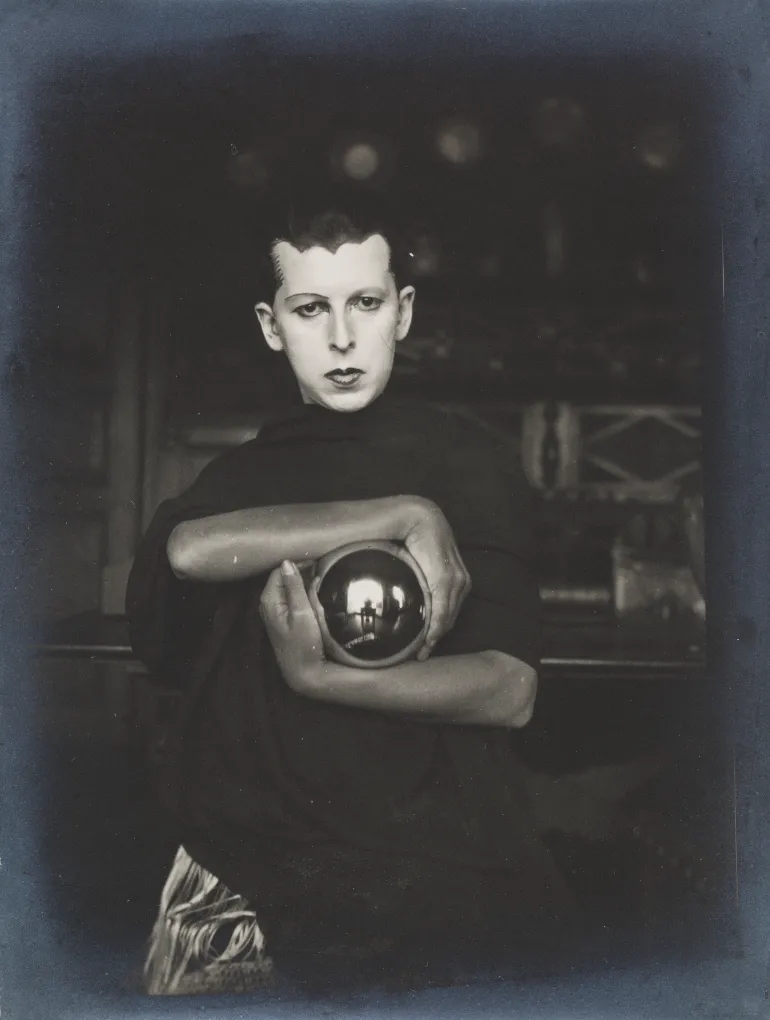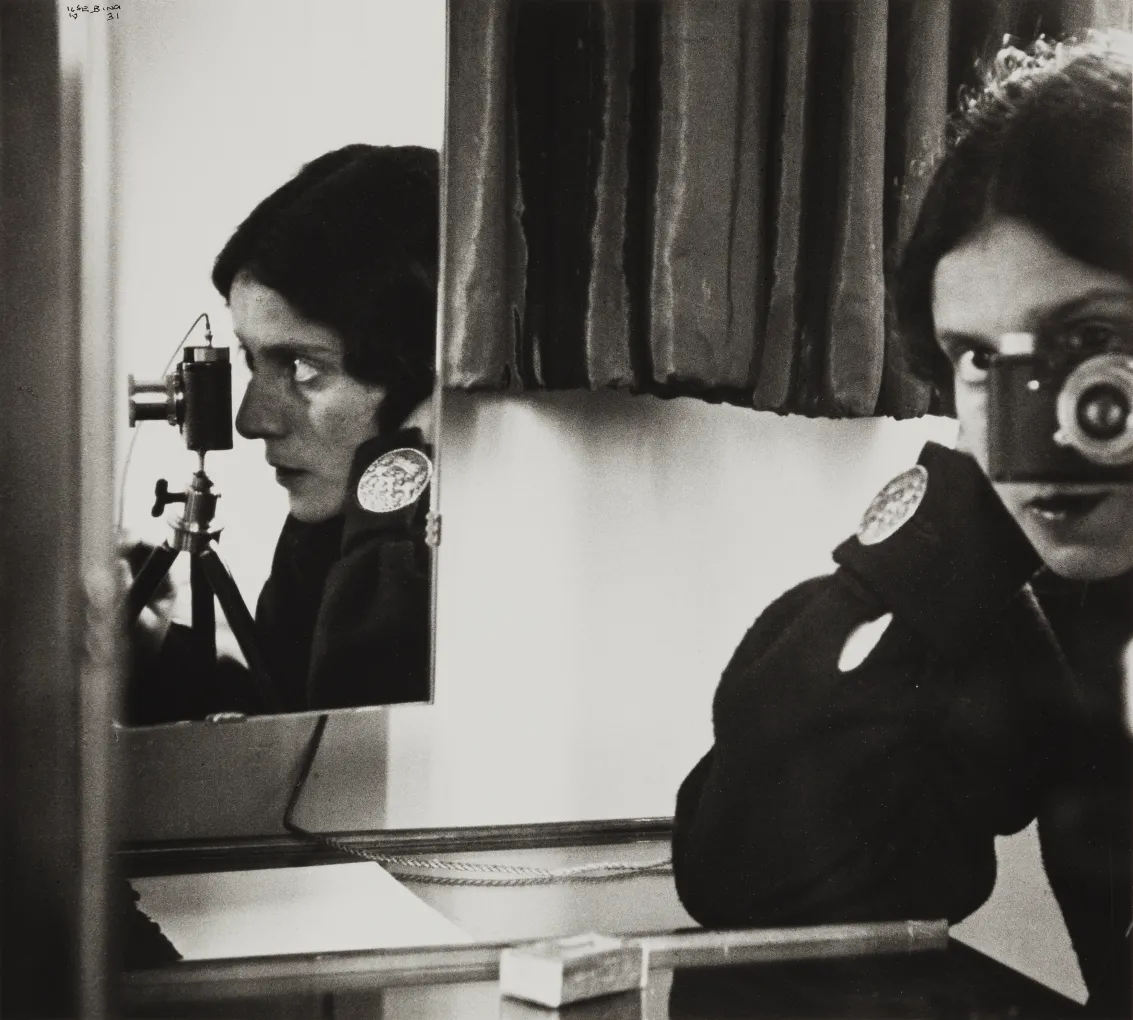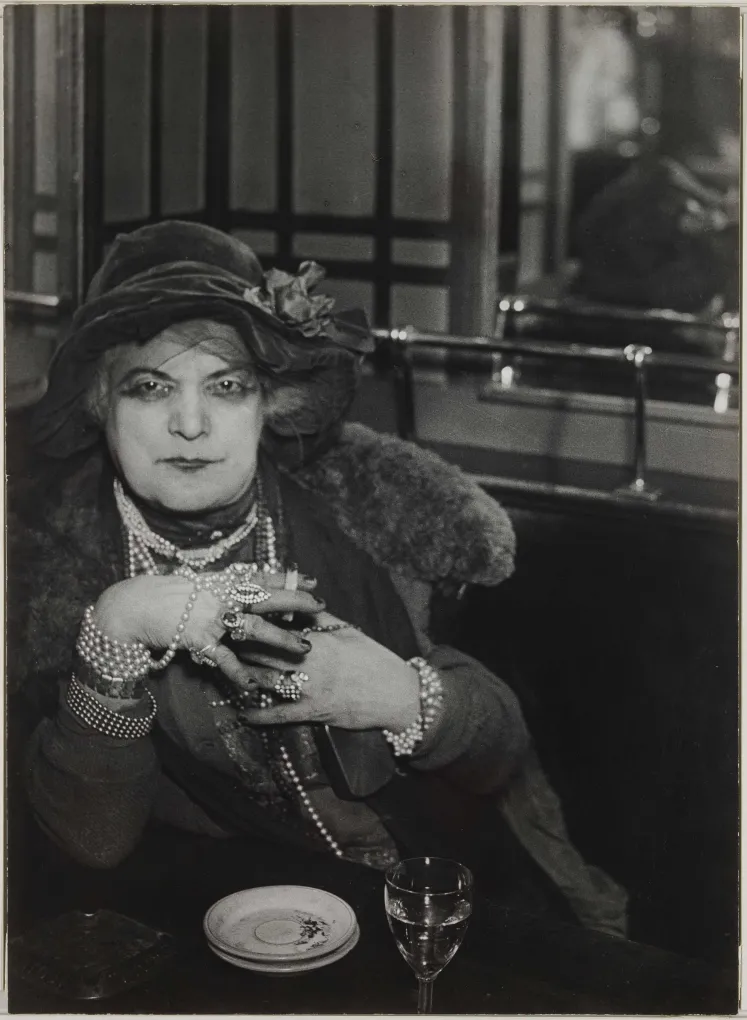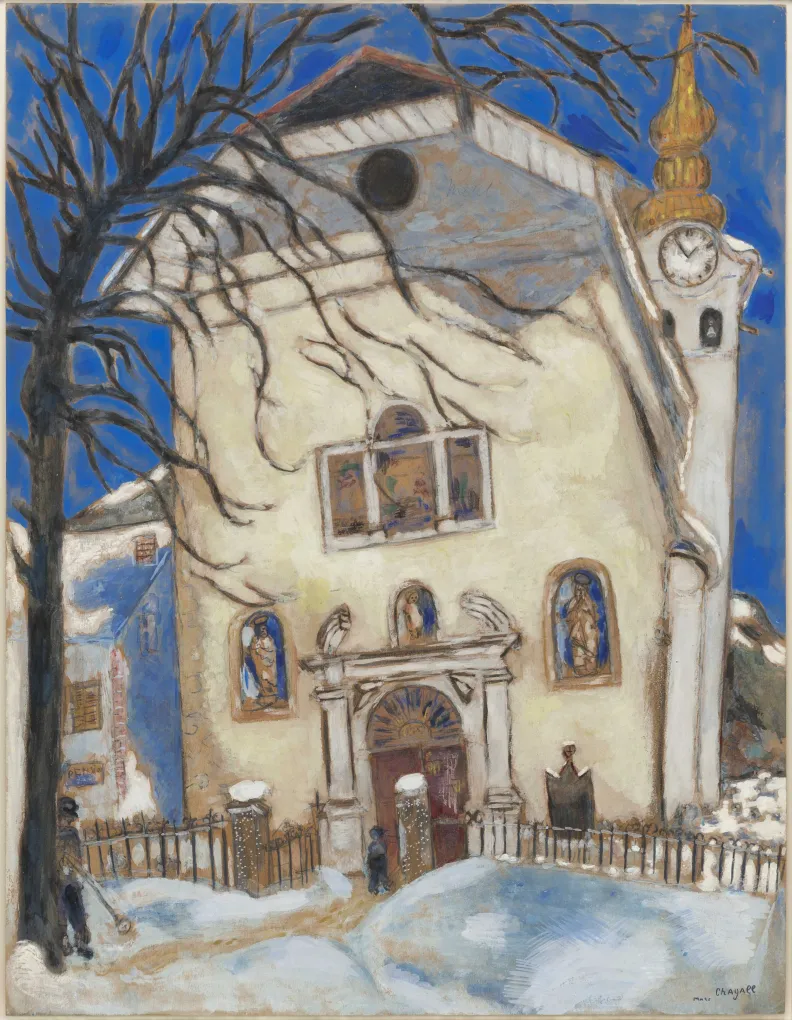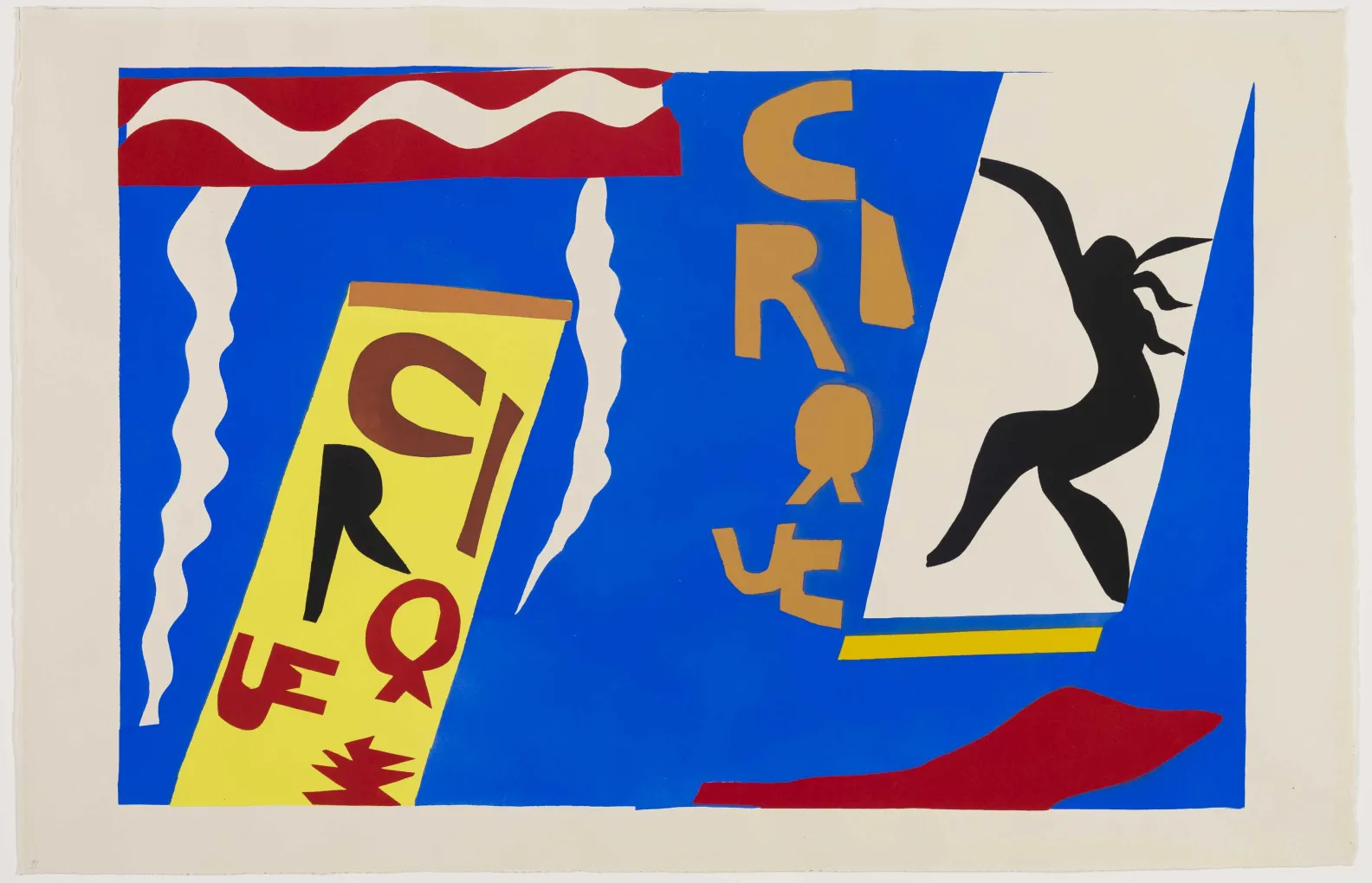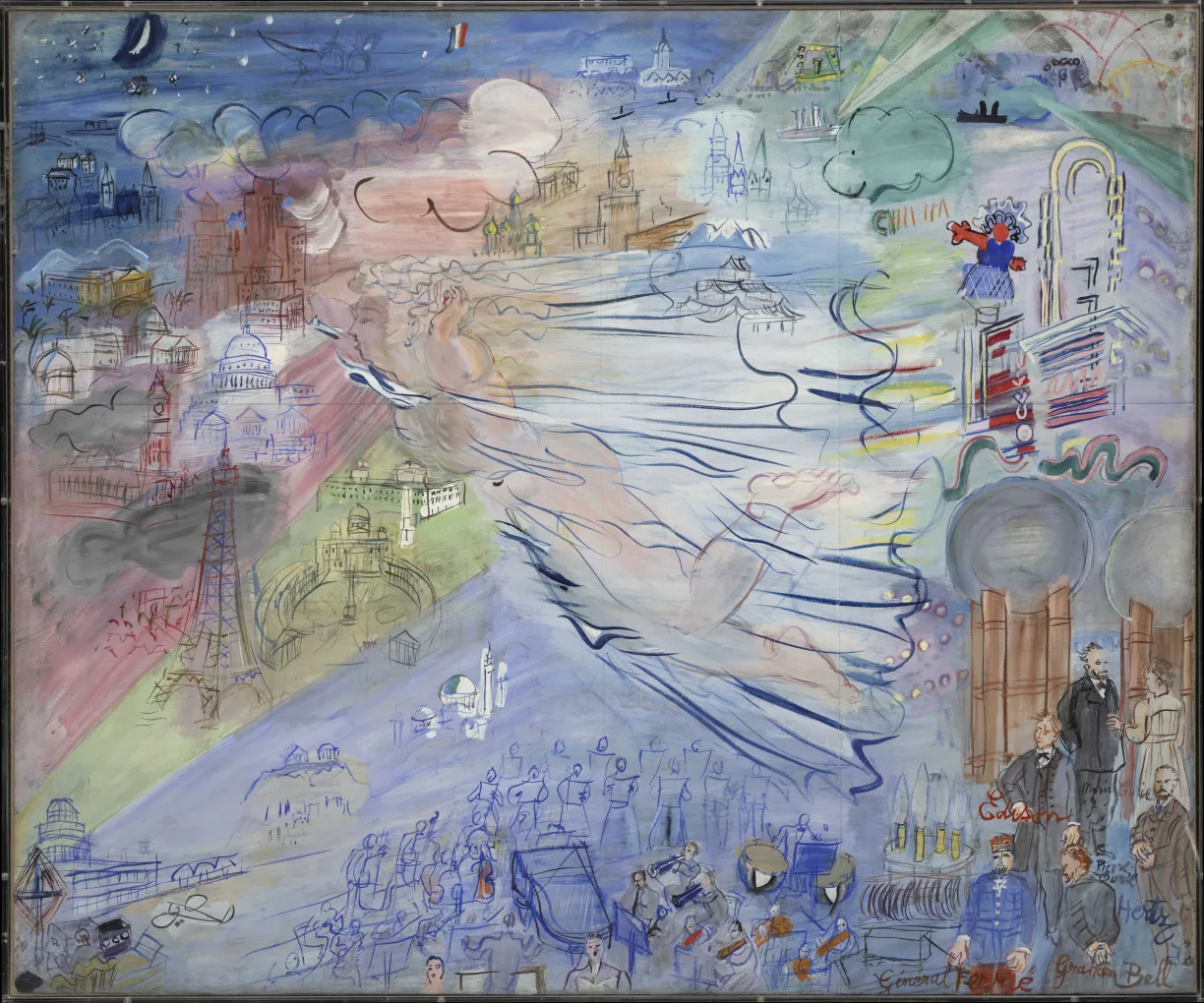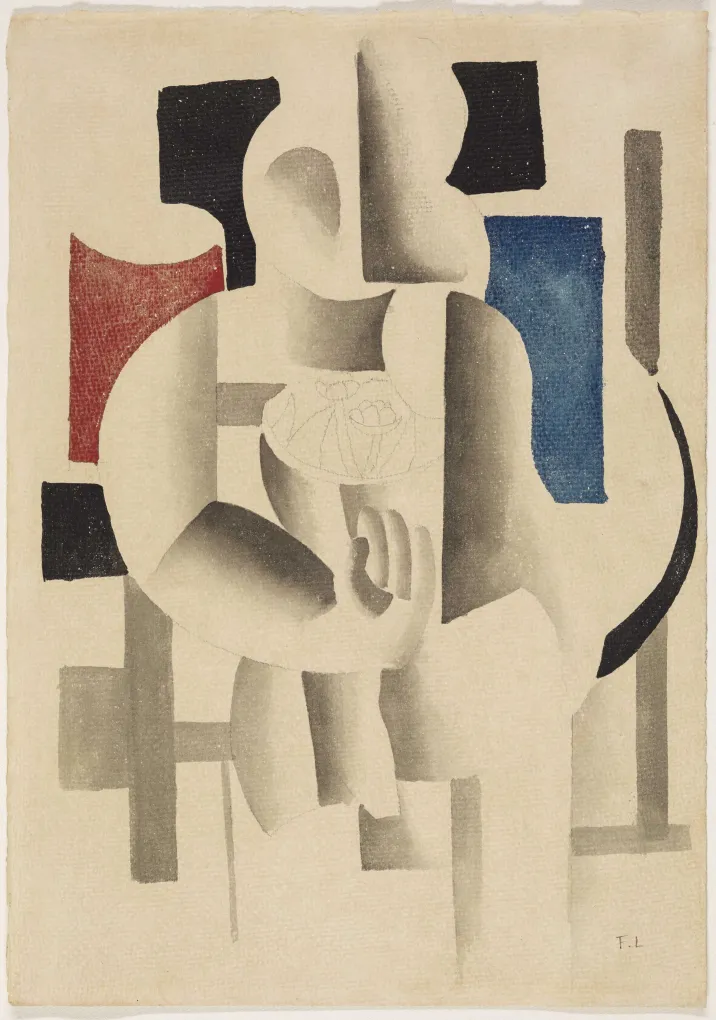After Cubism: Modern Art in Paris, 1918–1948
In November 1918, just days after the declaration of Armistice and the end of World War I, artists Amédée Ozenfant and Charles-Édouard Jeanneret (later known as Le Corbusier) published their manifesto, Aprés le cubisme (After Cubism). This exhibition from the permanent collection will explore what happened “after cubism,” primarily in prints, drawings, and photographs created in France between the years 1918 and 1948. The artistic styles ranged from ever-evolving derivations of cubism, to a renewed classicism, to surrealism, and beyond.
Exhibition:
After Cubism
Dates:
August 18, 2023 - February 18, 2024
Location:
In the Museum
General museum admission is FREE for residents of Wayne, Oakland, and Macomb counties.
This exhibition will be on view until February 18, 2024, extending its initial closing date by over a month. In November 1918, just days after the declaration of Armistice and the end of World War I, artists Amédée Ozenfant and Charles-Édouard Jeanneret (later known as Le Corbusier) published their manifesto, Aprés le cubisme (After Cubism).
This exhibition from the permanent collection will explore what happened “after cubism,” primarily in prints, drawings, and photographs created in France between the years 1918 and 1948. The artistic styles ranged from ever-evolving derivations of cubism, to a renewed classicism, to surrealism, and beyond.
Until the beginning of World War II in 1939, Paris remained the international center of the art world, drawing artists from North and South America and throughout Europe. Highlights of the exhibition will include drawings and prints by Marc Chagall, Le Corbusier, Henri Matisse, Pablo Picasso, and Diego Rivera, a newly acquired painting by Archibald Motley Jr., and photographs by Ilse Bing, Brassaï, and Claude Cahun.
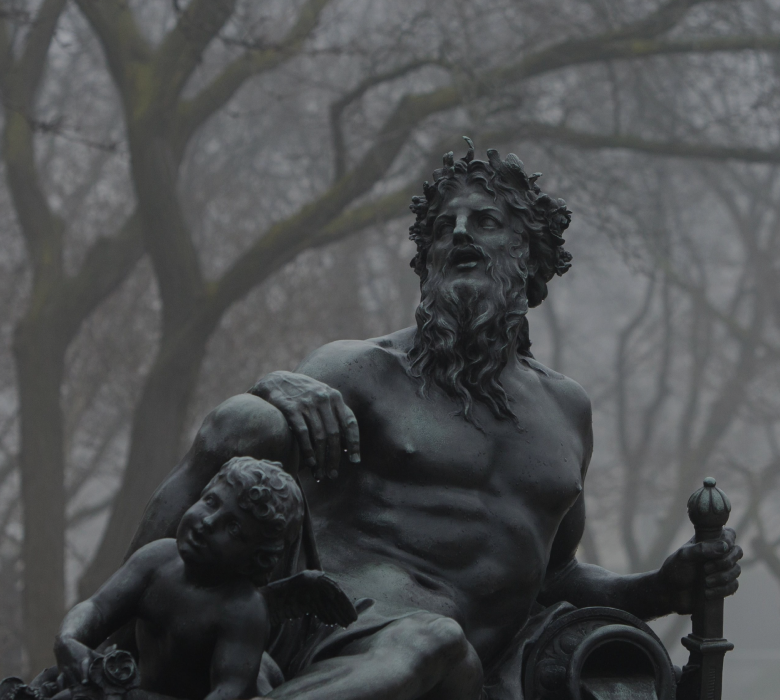

Explore Membership Options
Immerse yourself in unique history and culture and enjoy greater access, exclusive events, and more
